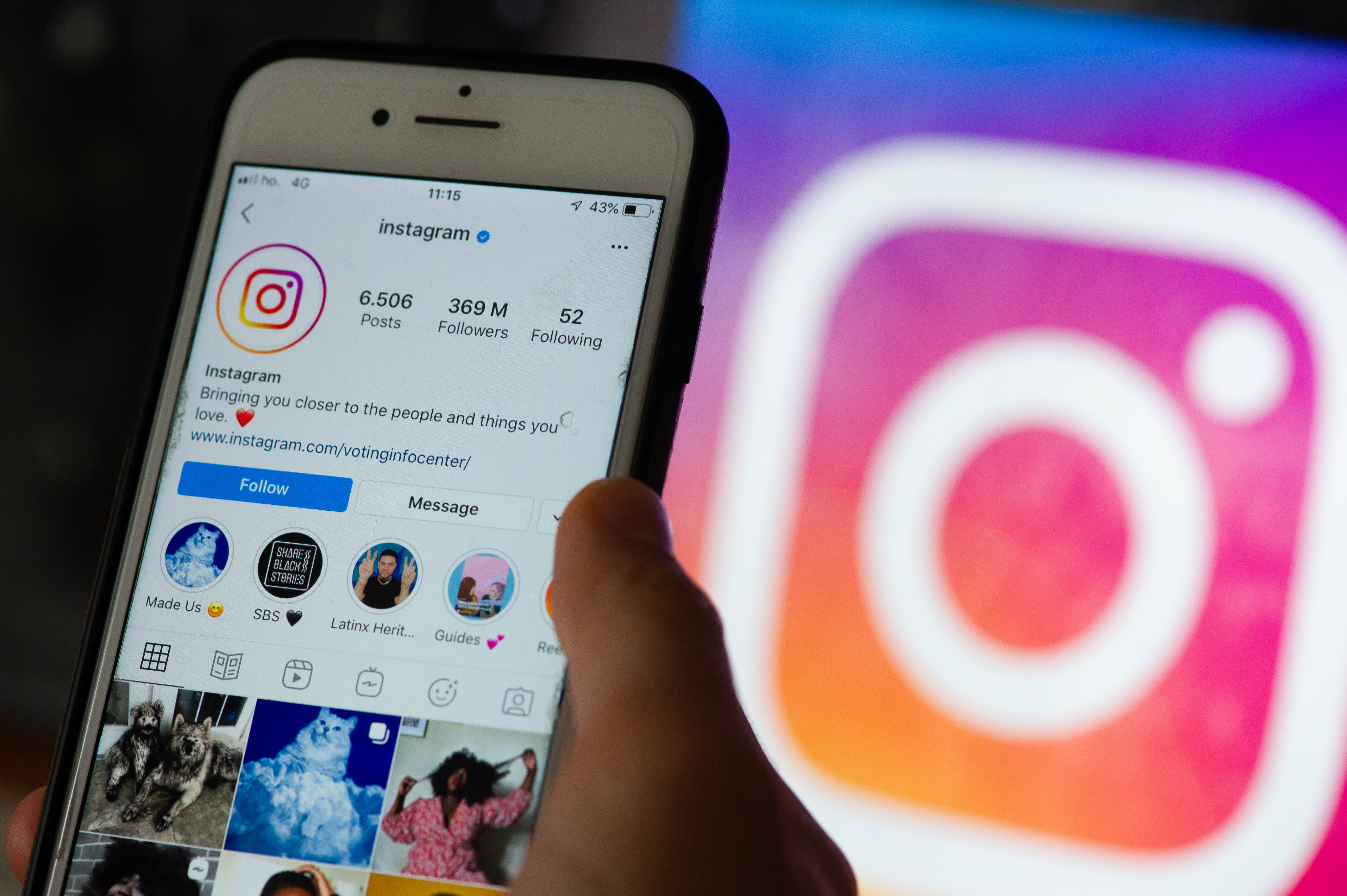Welcome back to This Week in Apps, the weekly TechCrunch series that recaps the latest mobile OS news, mobile applications, and the overall app economy. The app industry continues to grow, with a record 218 billion downloads and $143 billion in global consumer spending in 2020. Consumers last year also spent 3.5 trillion minutes using apps on Android devices alone. And in the U.S., app usage surged ahead of the time spent watching live TV. The average American watches 3.7 hours of live TV per day but now spends four hours per day on their mobile devices.
Apps aren’t just a way to pass idle hours — they’re also a big business. In 2019, mobile-first companies had a combined $544 billion valuation, 6.5x higher than those without a mobile focus. In 2020, investors poured $73 billion in capital into mobile companies — a figure up 27% year-over-year. This week, our series will dive into the key announcements impacting app developers from WWDC 21.

Apple’s WWDC went virtual again this year, but it didn’t slow down the pace of announcements. This week, Apple introduced a slate of new developer tools and frameworks, changes to iOS that will impact how consumers use their devices, and new rules for publishing on its App Store, among other things. We don’t have the capacity to dig into every dev update — and indeed, there are better places to learn about, say, the new concurrency capabilities of Swift 5.5 or what’s new with SwiftUI. But after a few days of processing everything new, here’s what’s jumping out as the more significant takeaways and updates.
Xcode Cloud
Apple’s development IDE, Xcode 13, now includes Xcode Cloud, a built-in continuous integration and delivery service hosted on Apple’s cloud infrastructure. Apple says the service, birthed out of its 2018 Buddybuild acquisition, will help to speed up the pace of development by combining cloud-based tools for building apps along with tools to run automated tests in parallel, deliver apps to testers via TestFlight, and view tester feedback through the web-based App Store Connect dashboard.
Beyond the immediate improvements to the development process (which developers are incredibly excited about based on #WWDC21 tweets), Xcode Cloud represents a significant step by Apple further into the cloud services space, where Amazon (AWS), Google, and Microsoft have dominated. While Xcode Cloud may not replace solutions designed for larger teams with more diverse needs, it’s poised to make app development more accessible — and deliver a new revenue stream to Apple. If only Apple had announced the pricing!
Swift Playgrounds
Meanwhile, the clever new “Focus” modes let iOS users configure different quiet methods for work, play, sleeping, and more, each with their own set of rules and even their home screens. But making this work across the app ecosystem will require developer adoption of four “interruption levels,” ranging from passive to critical. For example, a new episode of a fav show should be a “passive” notification. “Active” is the default setting — which doesn’t get to break into Focus. “Time-sensitive” messages should be reserved for alerting to more urgent matters, like a delivery that’s arrived on your doorstep or an account security update. These may be able to break through Focus if allowed.





